With an increased demand for screen-free, analogue hobbies over digital consumption, film photography feels more relevant than ever in 2026. Read on to discover how shooting film offers a slower, more mindful, more intentional way to create images - and staying present in moments that truly matter.
Recent posts
Shop the article
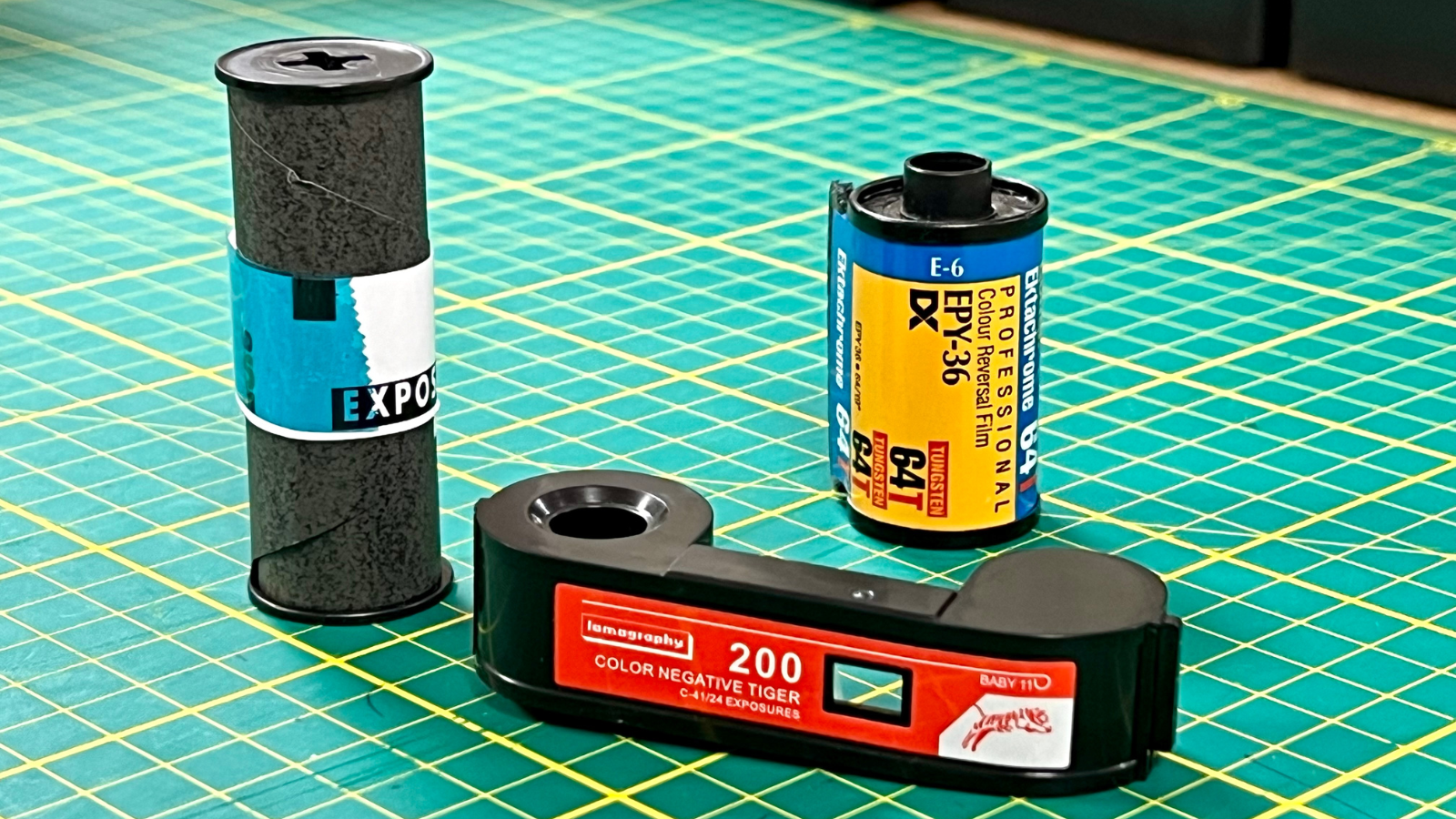
Introduction to Film Formats: It's Not Just About Size
By Paul McKay
This article is your guide through the diverse landscape of film formats available today. From the best-selling 35mm to the large format films, and many different instant films, each format offers its own set of advantages and artistic possibilities. It's also the most important thing you need to know about when shooting your first roll of film!
Here's a quick overview of size and features to get us started:
| Film Format | Frame Size (Width*) | Frame Size (Length*) | Typical Uses | Image Quality (Resolution) | Compatibility | Number of Exposures |
|---|---|---|---|---|---|---|
| 35mm | 36mm | 24mm | General, versatile use | Moderate to high | Most common, compatible with many cameras | 24-36, sometimes more |
| 120 | 56mm | Variable | Medium format, professional use | Very high | Medium format cameras and some toy cameras | 8-16, depending on format |
| 4x5 | 4" (102mm) | 5" (127mm) | Large format, professional use | Exceptional | Large format field and studio cameras | Single shot per sheet |
| 110 | 16mm | 13mm | Pocket cameras, casual use | Low | Pocket cameras designed for 110 film | 24 |
| APS (IX240) | 16mm | 30mm | Advanced Photo System, casual use | Low | Cameras specifically designed for APS film | 15-40, depending on format |
| 127 | 46mm | Variable | Vintage, toy, and medium format | Moderate | Older and toy cameras, some medium format | 8-12, depending on camera |
| 620 | 56mm | Variable | Vintage medium format | Very high | Vintage cameras designed for 620 spools | 8-16, similar to 120 film |
*Width/length can be used interchangeably as it depends on the orientation of the scene on the frame. Think of them as (i) one side, and (ii) the other side, of the image!
Now, let's delve deeper into each of these film formats, exploring their unique characteristics and what makes them beloved by analogue photographers around the globe. You can learn more about the types of film available in each format in our Beginner's Guide to Film.
The Classic 35mm Film: A Versatile Choice
When it comes to film photography, the 35mm format is undeniably iconic. Its journey began in the early 20th century, initially finding its place in motion pictures. The standard 35mm film, with its 36x24 mm frame size, was actually derived from motion picture film stock. It wasn't until Leica commercialised the first 35mm camera in the 1920s that this format transitioned into the world of still photography, revolutionising the way photographers captured the world.
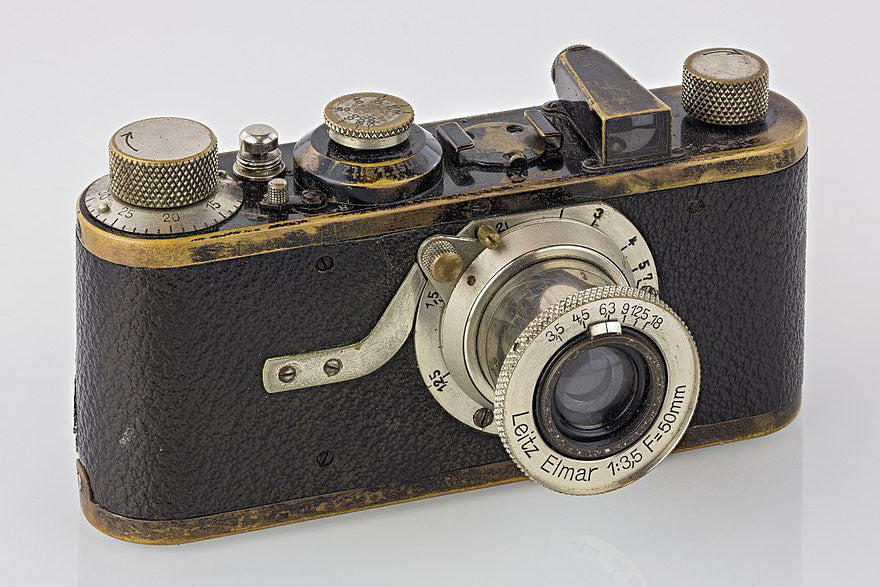
Leica I from 1927, © Kameraprojekt Graz 2015 / Wikimedia Commons
The beauty of 35mm film lies in its versatility and accessibility. As the most popular film format, it is compatible with a wide range of cameras, from vintage rangefinders to modern SLRs. Its popularity is partly due to its convenience - the film comes in light-tight metal canisters, holding strips of photographic film usually up to 36 exposures, and 35mm film can be developed in many film processing labs arounds the world. This format strikes a balance between image quality and ease of use, making it an excellent choice for both beginners and professionals. It's perfect for a variety of photography styles, including street, portrait, and landscape.
One of the most significant advantages of 35mm film is the availability of a wide range of film types in 35mm format. Whether it's the classic black and white, vibrant colour negatives, or the unique characteristics of slide and reversal films, 35mm offers something for every photographer's taste. Its relatively small size also allows for compact camera designs, which has been a driving factor in the enduring popularity of 35mm format cameras.

One of my holiday shots on LomoChrome Turquoise 35mm film - one of the more unusual emulsions available in 35mm and a personal favourite for the unpredictable colour shifts!
Despite the digital revolution, 35mm film has held its ground. It is celebrated for its aesthetic appeal as well as it's ease of use. In a world where immediacy is often prized, 35mm film encourages a more thoughtful and intentional approach to photography. It is a format that remains exceptionally accessible!
There's also a 'sub' format of 35mm known as half-frame. Essentially shooting twice as many photos on the same amount of film 😎 - Pentax have done what we thought was impossible and launched a brand new half-frame film camera! So if you are interested in this format, the Pentax 17 camera is the one!
The Medium Format 120 Film: For the Detail Enthusiasts
The story of 120 film, often referred to as medium format film to differentiate it from 'large' format, is deeply entwined with the history of photography. Introduced by Kodak in 1901 for their Brownie No. 2 camera, it marked a significant departure from the bulky glass plate photography prevalent at the time. The 120 film, with its paper backing, made photography more accessible and portable, allowing for greater flexibility in capturing images.
Medium format 120 film is renowned for its superior image quality and resolution. Unlike the fixed 36x24mm frame of 35mm film, 120 film offers a variety of frame sizes including 6x4.5, 6x6, 6x7, and even 6x9 cm, depending on the camera used. This flexibility allows photographers to choose the aspect ratio that best suits their artistic vision, whether it’s the square format favoured in classic portraiture or the wider formats ideal for breathtaking landscapes.
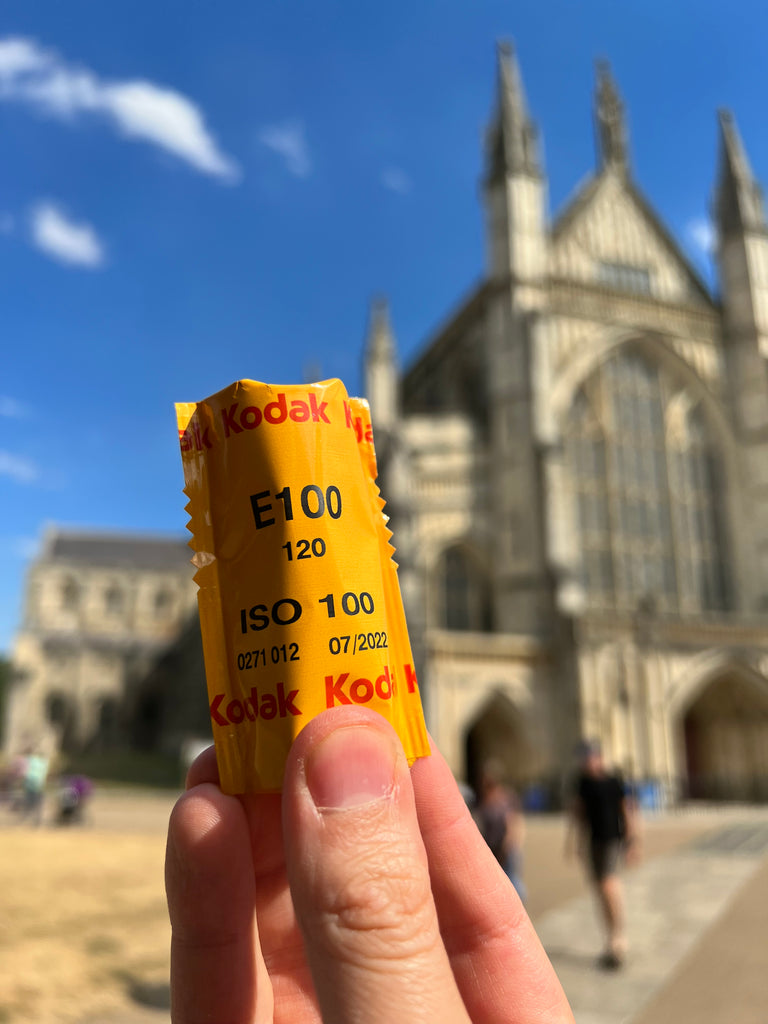
Here I am, getting ready to shoot Winchester Cathedral with a roll of Kodak Ektachrome 120 film
Another distinctive feature of 120 film is its fine grain relative to the image size which contributes to the incredible detail and clarity of images. This quality makes it a favourite among professional photographers, especially those specialising in portrait, fashion, and landscape photography. The larger negative size not only captures more detail but also provides a shallower depth of field, allowing for stunning bokeh effects that add a dreamlike quality to photographs.
Similar to 35mm film, you can find a large choice of 120 film brands and types to get the exact look that you want for your photography.
Despite advancements in digital photography, 120 film remains a staple for those who appreciate the nuances of analogue. Its ability to capture a wider dynamic range and richer tones gives it a unique aesthetic that is difficult to replicate with digital sensors. For photographers who value the tactile process and the thoughtful approach that film photography demands, 120 film offers an enriching and rewarding experience.
Large Format Photography: 4x5 and Beyond
Large format photography, encompassing film sizes like 4x5 inches and larger, is steeped in the earliest traditions of photography. Originating in the 19th century, large format film was the standard for professional photographers, especially in studio settings and landscape photography. The size of the film, significantly larger than 35mm or medium format, allows for unparalleled detail, resolution, and tonal range.
Using a 4x5 inch film, photographers have the advantage of a vast negative area, which translates to finer detail and the ability to produce large prints without losing image quality. This format demands a methodical approach, often involving manual adjustments on large, bellows-type cameras and careful consideration of composition and exposure. It's a process that harkens back to the roots of photography, offering a pure, hands-on experience.
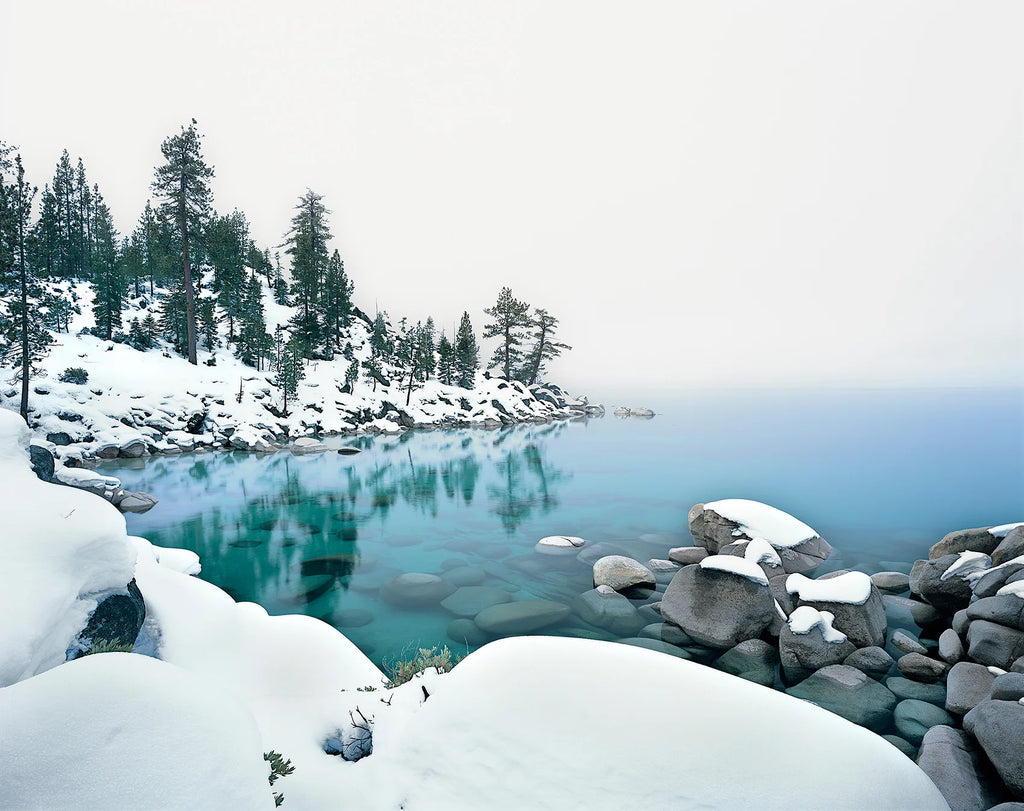
Winter Blanket, Lake Tahoe © Jon Henry
While large format photography can be more challenging and time-consuming than smaller film formats, the results are often extraordinary, with a level of detail and depth that is hard to replicate in other formats. The format is particularly popular for landscape, architectural, and fine art photography, where its high resolution and control over plane focus (tilt and shift movements) are invaluable.
In today's fast-paced digital world, large format film photography remains a revered practice for those seeking to connect with the historical aspects of the craft and for projects where image quality is paramount. It's a format that encourages slowing down, contemplating the scene, and immersing oneself fully in the photographic process.
The Compact and Retro 110 Film
The 110 film format, introduced in 1972 by Kodak, marked a significant step in making photography more accessible and portable. This pocket-sized film cartridge was developed during the era of "pocket cameras," reflecting a desire for more convenient and user-friendly photography options, especially for casual photographers and hobbyists.
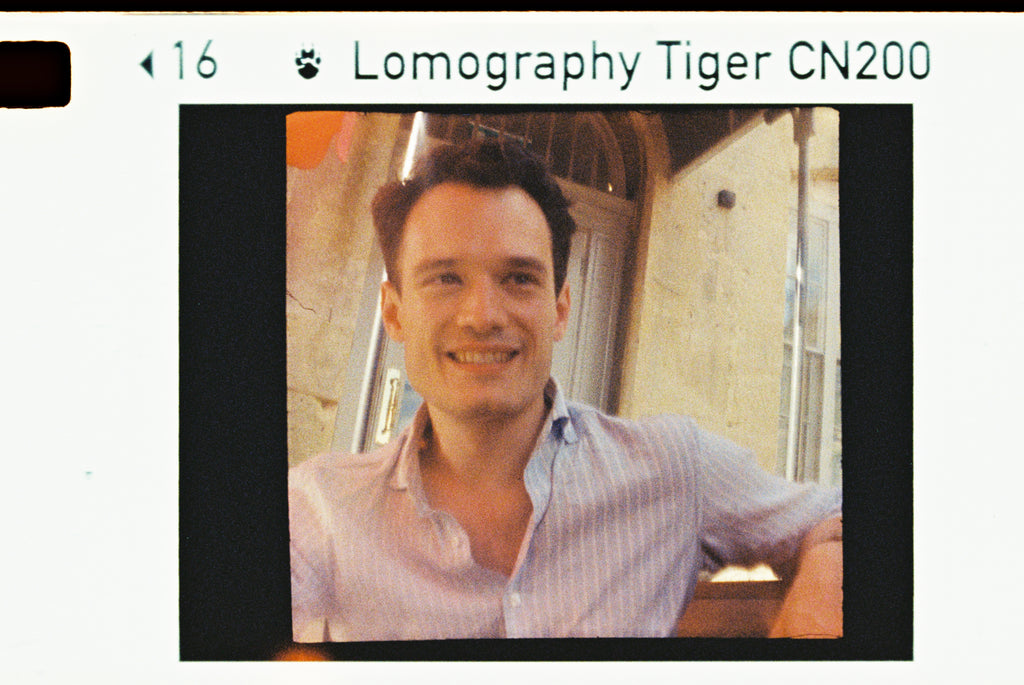
A casual snapshot of my friend Jasper, taken on Lomography Color Tiger 110 film
Measuring a mere 17 x 13 mm, the 110 film's diminutive size made it a hit for on-the-go shooting. Despite its small size, the 110 film was capable of producing relatively high-quality images, making it a popular choice for everyday photography. The ease of loading the film cartridges, which eliminated the need to thread film onto a take-up spool, further added to its appeal.
The revival of interest in analogue photography has brought new life to the 110 format. Today, it is manufactured fresh by Lomography with a range of 110 films and cameras. It is celebrated for its vintage charm and the unique, nostalgic quality it brings to photos. Although the film choices and camera options for 110 are not as extensive compared to other formats like 35mm and 120, its distinct aesthetic and simplicity continue to attract a dedicated following.
Lomography have recently announced the Lomomatic - a new autoexposure 110 film camera!
For those who delight in the charm of vintage photography and enjoy the challenge of working with smaller negatives, 110 film offers a unique avenue to explore the art of film photography.
You can see how 110 film measures up against half-frame 35mm film in our blog: 'Compact Convenience, Half-Frame vs 110'
The Vintage Charm of 620 and 127 Films
Delving into the realm of vintage film formats, 620 and 127 films hold a special place in the history of photography. The 620 film, introduced by Kodak in 1931, was essentially the same as the 120 film but with a different spool. This format was created to encourage photographers to buy new cameras, as 620 spools were not compatible with 120 format cameras. Despite this, 620 film found its popularity due to its use in a variety of Kodak cameras, becoming a staple in mid-century amateur photography.
On the other hand, the 127 film format, introduced in 1912, was used in the famous Kodak Vest Pocket camera – often referred to as the "Soldier's camera" during World War I. With a frame size of 40 x 40 mm (in square format), it became popular for its portability and was widely used in smaller, simpler cameras for casual photography. The 127 film provided a bridge between the small 35mm and larger medium formats, offering a unique blend of convenience and quality.
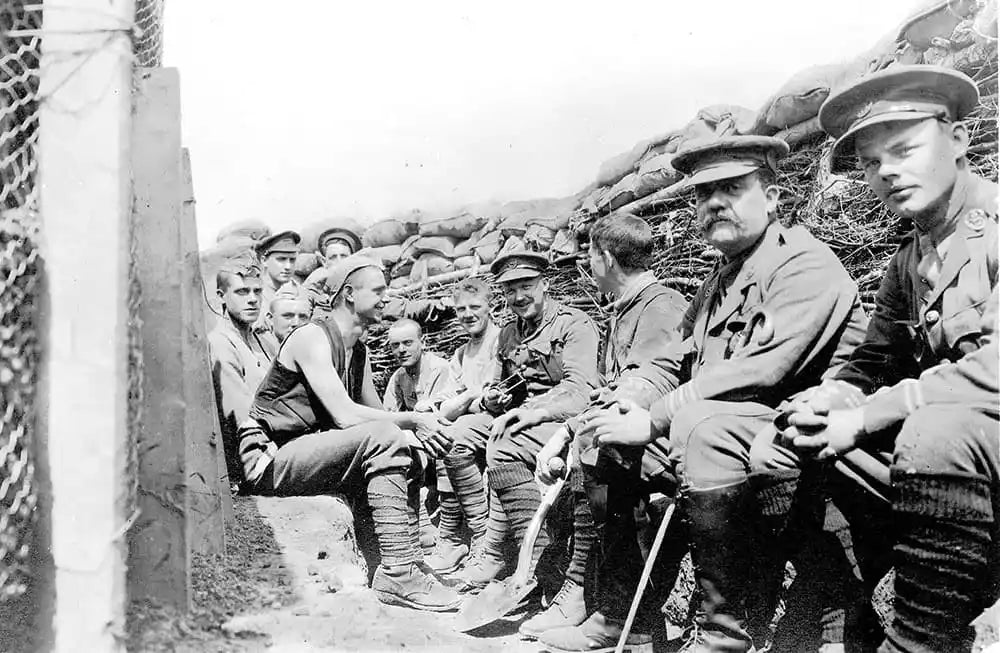
Photo taken on 127 film and a Vest Pocket Kodak Camera, 1915
Today, both 620 films and 127 films are cherished for their historical significance and the nostalgic touch they bring to images. While they are not as readily available as more common formats like 35mm or 120 film, they continue to be sought after by vintage camera enthusiasts and photographers looking to experience the classic feel of early 20th-century photography.
For those interested in exploring the roots of film photography or seeking a distinctive vintage aesthetic, these formats offer a journey back in time and a different perspective on the art of capturing images.
Instax Films: Mini, Square, and Wide
| Film Format | Frame Height (mm) | Frame Width (mm) |
|---|---|---|
| Instax Mini | 62 | 46 |
| Instax Square | 62 | 62 |
| Instax Wide | 62 | 99 |
| Polaroid 600 | 79 | 79 |
| Polaroid i-Type | 79 | 79 |
| Polaroid Go | 47 | 46 |
The Instax series of instant films, introduced by Fujifilm, has redefined instant photography for the modern era. The journey of Instax began in the late 1990s, rejuvenating the instant film market with its fresh approach and vibrant image quality. The Instax film comes in three primary formats: Mini, Square, and Wide, each offering a distinct photographic experience.
Instax Mini, the first in the series, quickly became popular for its credit card-sized prints, making it a favorite for casual snapshots, journaling, and sharing. The small size of the prints, measuring 62 x 46 mm, encourages creativity and spontaneity, making it perfect for capturing everyday moments.

Instax Mini photo: Harrogate in Spring (c) Paul McKay
Instax Square, as the name suggests, offers a square format (62 x 62 mm) reminiscent of classic Polaroid images. This format strikes a perfect balance between the nostalgic appeal of instant photography and modern design, allowing for more creative compositions and a wider range of uses, from artistic projects to party snaps.
Instax Wide, the largest of the three, provides a more expansive canvas with its prints measuring 99 x 62 mm. This format is ideal for capturing landscapes, group shots, and detailed close-ups, offering a broader scope for photographic expression. The larger size of Instax Wide prints makes them particularly appealing for displays and gifts.
The Instax series has not only revived the joy of instant photography but has also introduced it to a new generation of photographers. Its ease of use, fun design, and instant gratification make Instax films a delightful choice for both beginners and experienced photographers seeking a unique and playful way to capture life's moments.
Polaroid Films: 600, i-Type, and Go
Polaroid film, a name synonymous with instant photography, has a rich history that revolutionized the way we capture and share moments. The original Polaroid film, developed by Edwin Land and introduced in the late 1940s, was a groundbreaking invention that allowed photographs to develop within minutes of being taken.
The Polaroid 600 series film, introduced in the 1980s, became a cultural icon. Its distinctive square format and immediate development made it a favorite for capturing life's spontaneous moments. The 600 films are known for their classic, soft-toned images with a vintage feel, making them a nostalgic choice for many.
With the advent of the digital age, Polaroid adapted and introduced the i-Type film. This new film is similar to the classic 600 but without the battery pack, designed for use with modern Polaroid cameras. It offers the same beloved instant photography experience but with enhancements suited to contemporary needs.
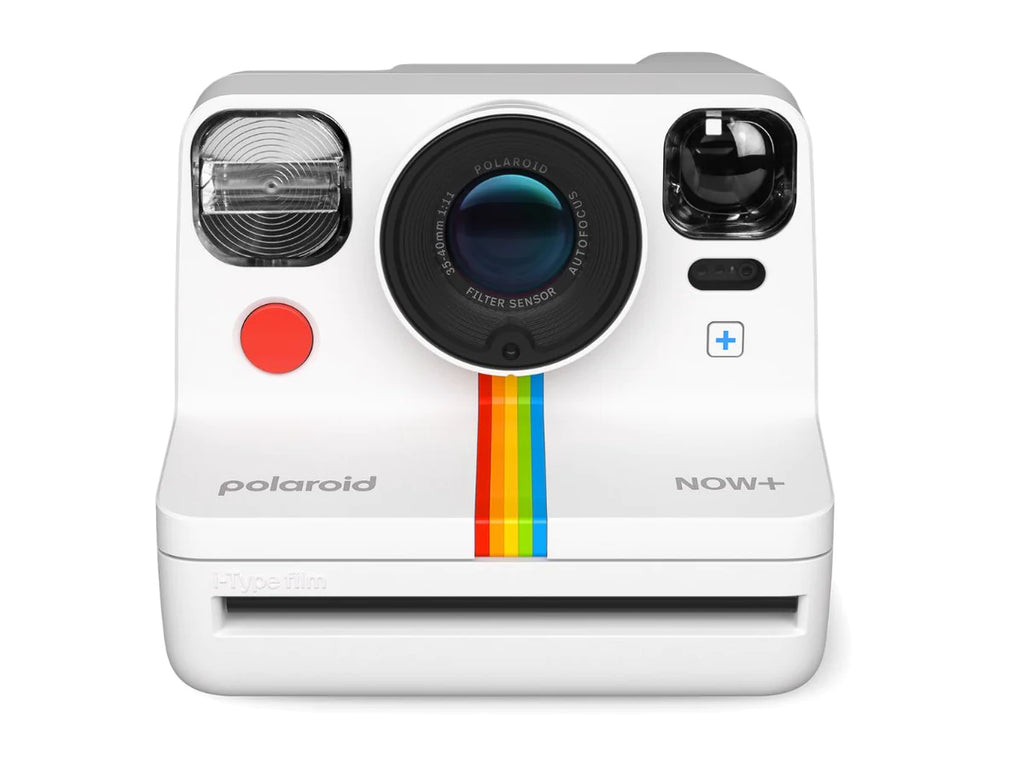
The Polaroid Camera: an absolute icon!
The Polaroid Go film, the latest addition, is designed for the world's smallest analog instant camera, the Polaroid Go. This film allows for creativity on the move, with its compact size making it ideal for travel and everyday adventures.
Despite the dominance of digital photography, Polaroid films have maintained their charm, offering a unique and tangible way of capturing memories. They continue to be celebrated for their ability to instantly print moments, providing a physical memento in our increasingly digital world.
Conclusion: Choosing the Right Film Format for Your Photography
As we've journeyed through the diverse world of film formats, from the ubiquitous 35mm to the expansive large format, it's clear that each type offers its own unique set of characteristics and artistic possibilities. Whether you're drawn to the convenience and versatility of 35mm, the exceptional detail of medium format, or the nostalgic charm of formats like 110, 620, and 127, there's a film type to suit every photographer's needs and preferences.
Instax and Polaroid films bring the joy of instant photography, offering a tangible and immediate way to capture and share memories. These formats, with their distinct sizes and styles, cater to a range of creative pursuits, from casual snapshots to artistic projects. On the other end of the spectrum, large format photography invites a slower, more deliberate approach, rewarding photographers with unparalleled image quality and a deep connection to the craft.
In conclusion, the choice of film format is as much about personal preference as it is about the technical aspects of photography. Each format has its own story, its own feel, and its own way of seeing the world. When you're beginning your analogue journey check out our Beginner's Hub to see how film formats interact with other choices for starting out!
We encourage you to explore these different film formats, experiment with them, and find the one that resonates with your artistic vision and style. After all, film photography is not just about capturing images; it's about embracing a rich, diverse, and deeply rewarding photographic experience.
Which film format have you found to be your favourite, and why does it appeal to you?
Ready to dive in?
Keep Reading
View all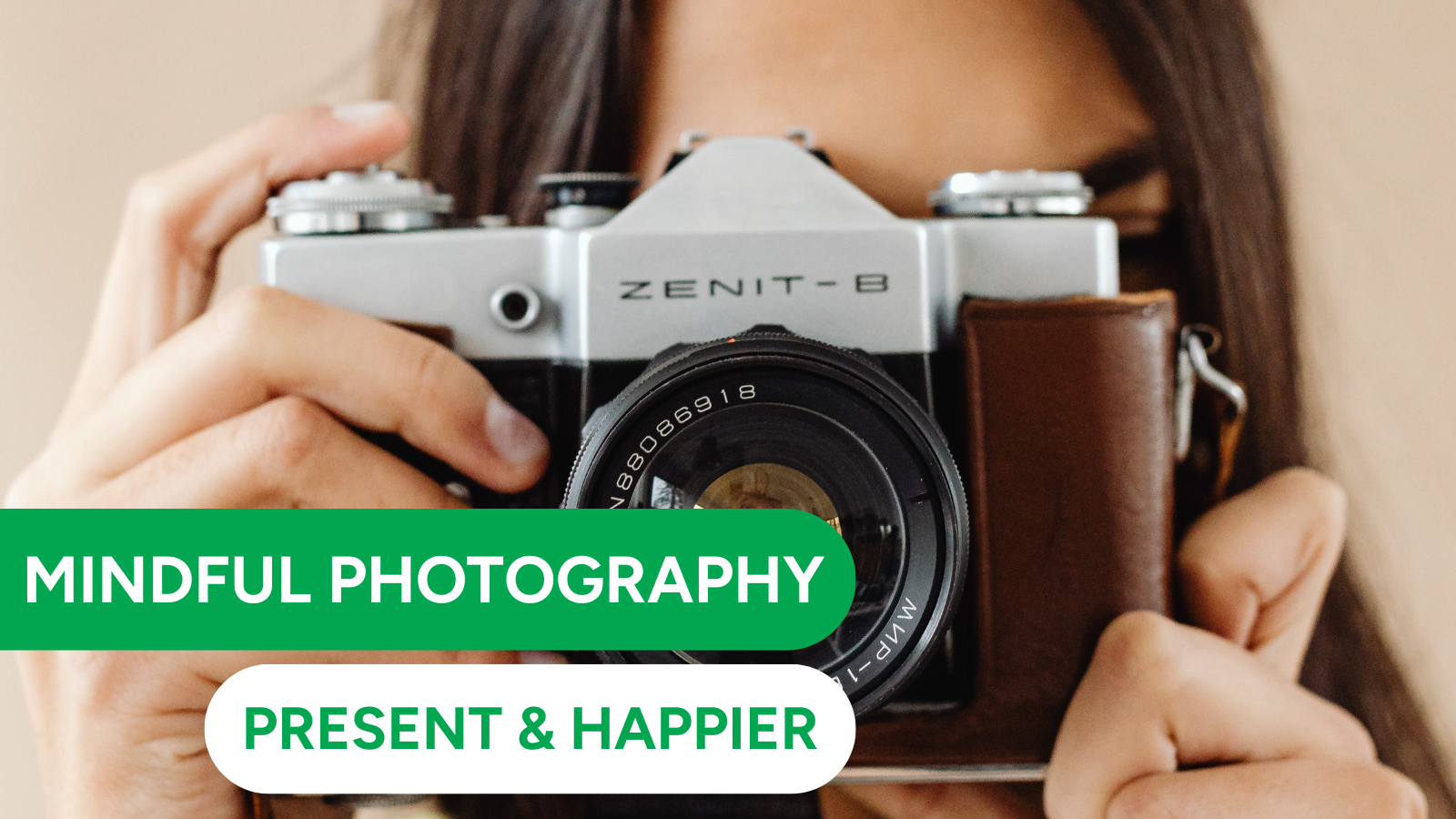
Film Photography & Filmmaking for Mental Health: Why Going Analogue Helps You Be Present, Mindful & Happier
Why Film Photography Matters More Than Ever
In a world of infinite screens, instant outcomes and constant alerts, many of us feel mentally overloa...
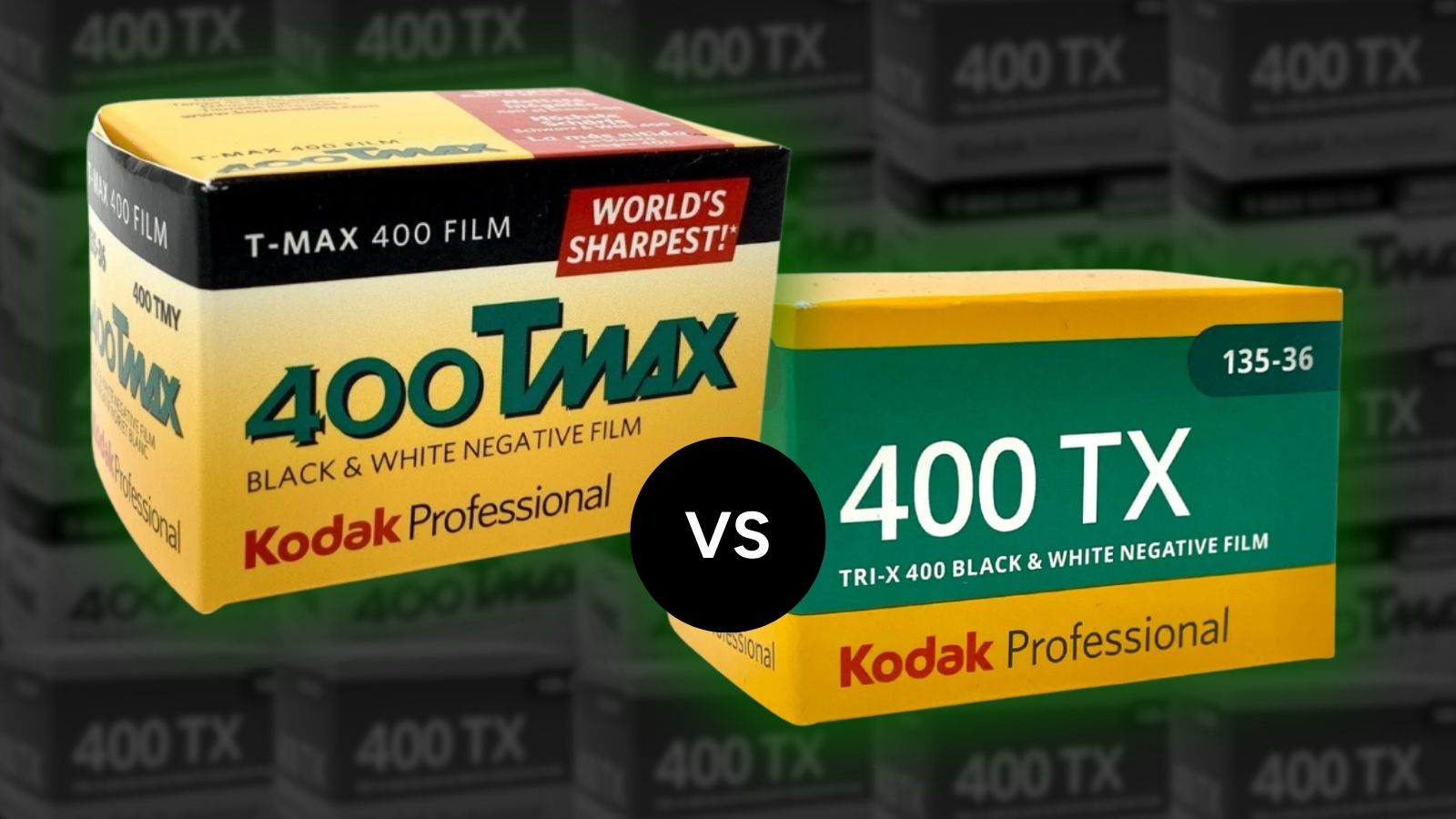
T-Max 400 vs Tri-X 400: Battle of the Kodak Black & White Films
Kodak T-Max 400 and Kodak Tri-X 400 represent two sides of Kodak's black and white film legacy. From Tri-X's gritty high-contrast heritage to T-Max's finer grain, sharpness and modern precision, this blog explores how each film looks, shoots, and develops - helping you choose the right stock for your style, subject, and creative intentions.
Subscribe to our newsletter 💌
Sign up for our newsletter to stay up to date on film photography news, sales and events:
Free Tracked Shipping
On all UK orders over £50
Passion For Film
An unbeatable range and an on-site lab
Our Customers Trust Us
Thousands of independent 5* reviews
All Deliveries are Carbon Neutral
Independently audited and verified by Planet
- Opens in a new window.








4 Comments -
Dean • -
Ricardo Boks • -
Jim Graves • -
Colin •
I am very interested in the availability of large format film. This could then allow me to look at getting a large format camera.
I missed the 220 film this film is the same as 120 but double the length makes: 24 (6×60 ore 20 (6×7) or 32 (6×4.5) used this film (Fuji Velia and Kodak Portra) till 2006. The film is making a come back. For medium format SLR is there also 70mm film, today hard to find but 65mm cine film works also in these camera’s with minor adjustments.
Most newcomers to film will shoot 35mm and happily stay with that format forever. However, It’s worth trying different formats to see for yourself the differences between them and find your own personal sweet spot. Maybe you will prefer 120 medium format or Polaroid may be more to your liking. Don’t worry about the cost, Film is etremely accessible and the used camera market is full of decent cameras to play with. If you don’t like a camera, you can always sell it for what you paid for it, in some cases maybe more and in others maybe less, that’s always the caveat with the used market. For example, I love using vintage German made 120 medium format folding cameras and I wouldn’t have found this love if I had stayed with 35mm. It can be a little hit and miss, but with due diligence you can find great examples for not a lot of cash. The important thing is to have fun.
It looks like there are some mistakes in your initial table. Yes, 35mm film is 35mm wide, but the frame measures 24mm × 36mm which is the key piece of information. Similarly 120 film is 60mm wide, but frames only (generally) use 56mm of this width. APS frames always measure 30.2 × 16.7 mm – the number of exposures does not depend on the selected format – a “H” size frame is always exposed on the film – other formats (C and P) are just produced in printing by cropping the H frame. I guess it’s kind of moot because nobody is shooting APS anymore.